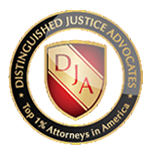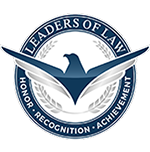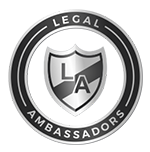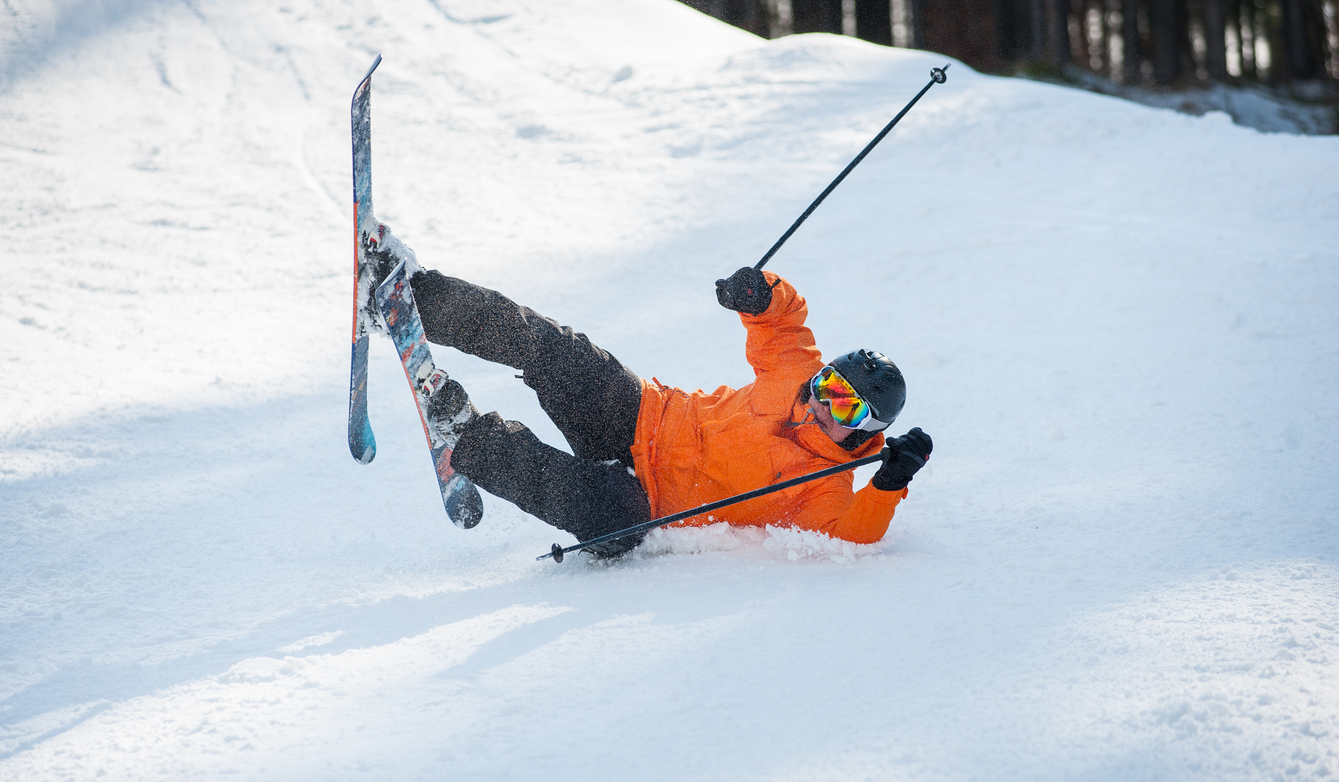Colorado’s Ski Safety Act
Table of Contents
ToggleThe purpose of the Ski Safety Act is to define the legal responsibilities, rights, and liabilities of ski area operators and of the skiers who use their facilities. § 33–44–102, C.R.S. Under § 33-44-111, the statute of limitations for any claim or lawsuit against a ski area operator or its employees must brought within two years after the claim for relief arises.

Colorado’s Ski Safety Act recognizes that certain dangers “inherent in the sport of skiing.” Under § 33–44–102, the General Assembly has limited ski area operators’ tort liability by granting them immunity for “injury resulting from any of the inherent dangers and risks of skiing,” § 33–44–112, C.R.S. (2015).
The act was designed to give ski area operators an incentive to mitigate the risk that skiers face and to protect skiers within their ski areas. Most ski area operators often go to great lengths to mitigate risk, but some do not. The act recognizes that a ski area operator should not be immune from liability for injuries that result from the operator’s own negligent or reckless actions.
Section 33–44–103(3.5) does not lead to unlimited liability for ski area operators. Instead, the injuries party must prove the ski area operators negligence, and it is likely that ski area operators’ mitigation efforts ordinarily would meet any reasonable duty of care.
Moreover, the SSA limits ski area operators’ liability in other ways, including a two-year statute of limitations for all actions to recover damages for injury caused by the maintenance, supervision, or operation of a ski area under § 33–44–111, C.R.S. The act also includes a one-million-dollar cap on damages that may be recovered by a skier injured while using a ski area.
Attorney for the Ski Safety Act in Colorado
If you were injured in a ski or snowboarding accident, you should talk with an experienced attorney about how the provisions of the Ski Safety Act in Colorado might impact your claim against a ski resort or ski area operator.
Call Jennifer Donaldson, an experienced personal injury lawyer in Denver, Colorado, to find out more about your rights and how the statute of limitation applies to these types of claims for recreational accidents at ski resorts in and around Denver. Jennifer Donaldson has experience bringing a lawsuit to recover damages for personal injuries caused by the maintenance, supervision, or operation of a passenger tramway or a ski area.
People often ask us whether they can sue someone for a ski or snowboarding accident. Many of these ski or snowboarding accidents occur because of a collision on the slopes or a ski lift accident. The ability to bring a ski or snowboard personal injury claim or lawsuit depends on many factors including how the skiing or snowboarding collision occurred and who was at fault. Many aspects of the case are impacted by the Colorado Ski Safety Act and any disclaimer signed by the skier.
Contact a Denver accident attorney at Donaldson Law, LLC to learn more about the limits in the damages-cap provision in the Ski Safety Act. If you were injured in a skiing or snowboarding accident in or around Denver, CO, then contact an experienced personal injury at Donaldson Law, LLC.
Call (303) 458-5000 today.
Inherent Dangers and the Risks of Skiing in Colorado
Colorado’s Ski Safety Act (often called the “SSA”) defines “inherent dangers and risks of skiing” in section 33–4–103(3.5), C.R.S. (2015), by listing seven categories of hazards:
- the failure of skiers to ski within their own abilities;
- collisions with other skiers;
- variations in steepness or terrain;
- impact with natural and man-made objects commonly encountered on the slopes;
- surface or subsurface conditions;
- snow conditions as they exist or may change; and
- changing weather conditions.
Section 33–4–103(3.5) also elucidates some of these categories through examples. The category of “surface or subsurface conditions” include “bare spots, forest growth, rocks, stumps, streambeds, cliffs, extreme terrain, and trees, or other natural objects, and collisions with such natural objects.”
“[V]ariations in steepness or terrain” include but are not limited to “roads, freestyle terrain, jumps, and catwalks or other terrain modifications.” The statute describes “impact” with specific objects, namely “lift towers, signs, posts, fences or enclosures, hydrants, water pipes, or other man-made structures and their components.”
“Snow conditions as they exist or may change” means conditions such as “ice, hard pack, powder, packed powder, wind pack, corn, crust, slush, cut-up snow, and machine-made snow.”
Given the extensive list of inherent dangers in section 33–44–103(3.5), skiers and snowboarders assume much of the risk of engaging in snow sports, even within the boundaries of a ski area.
Categories Explained Through Examples under the SSA
The provisions of the Ski Safety Act in Colorado explains some of these categories through examples.
- “Surface or subsurface conditions” include “bare spots, forest growth, rocks, stumps, streambeds, cliffs, extreme terrain, and trees, or other natural objects, and collisions with such natural objects”;
- “Variations in steepness or terrain” is defined to include but are not limited to “roads, freestyle terrain, jumps, and catwalks or other terrain modifications”;
- Colorado’s act for ski safety describes “impact” with specific objects, namely “lift towers, signs, posts, fences or enclosures, hydrants, water pipes, or other man-made structures and their components”; and
- “[S]now conditions as they exist or may change” is defined to mean conditions such as “ice, hard pack, powder, packed powder, wind pack, corn, crust, slush, cut-up snow, and machine-made snow.”
The extensive list of inherent dangers in section 33–44–103(3.5) means that skiers and snowboarders assume much of the risk of engaging in snow sports, even within the boundaries of a ski area.
History of Colorado’s Ski Safety Act
When the Ski Safety Act was first introduced in Colorado, the 1990 amendment that added what is now subsection (3.5) defined “inherent dangers and risks of skiing” as those dangers or conditions “including, but not limited to,” various hazards.
In comments before the House Committee on State Affairs, Representative McInnis, a sponsor of the bill, explained that the original bill was amended to remove the phrase “but not limited to,” and that this change was intended to narrow the provision:
We have stricken the words ‘but not limited to,’ so that it simply reads, ‘the sport of skiing, including,’ and then it goes on to say, ‘changing weather conditions, snow conditions,’ and so forth…. It’s a slight narrowing of the amendment, and it’s a clarification that the items that follow are the inherent risks and dangers that are being referred to.
Hearing on S.B. 90–80 Before the H. Comm. on State Affairs, 57th Gen. Assemb., 2nd Sess. (March 13, 1990) (statement of Rep. McInnis) (emphases added).
Colorado Skier “Your Responsibility Code”
When enjoying the ski slopes, every skier and snowboarder should know the Colorado Skier Responsibility Code often called the “Your Responsibility Code.” The Code explains the most important safety tips that keep everyone safe and injury free. The eight points in the responsibility code include:
- Stay in control so that you are able to stop and avoid a collision with other people or objects;
- Anyone ahead of you has the right of way so it is your responsibility to avoid them;
- Do not stop on the trail so that you create an obstruction;
- Look uphill and yield to others when you are starting downhill or merging into a trail;
- Use the proper devices to help prevent runaway equipment that might injury someone downhill from you;
- Observe all posted signs and warnings;
- Stay off closed trails and out of closed areas;
- Prior to using any ski lift, make sure you have the knowledge and ability to load, ride and unload safely.
The responsibility code encourages personal responsibility on the ski slopes. These rules are included in the Colorado Ski Safety Act that further establishes responsibilities for skiers and snowboarders.
The Your Responsibility Code was developed in 1966 by the National Ski Areas Association (NSAA) as a way to educate individuals about best practices for participating in alpine snow sports. The code has been updated through the years to include snowboard and chairlift safety.
Limit in the Damages-Cap Provision of the Ski Safety Act
The Colorado legislature capped the liability exposure of ski areas at $1 million present value. Derivative claims, such as a loss-of-consortium claim, are capped at $250,000 present value. Any derivative claim is included in the $1 million limit.
These limits prevail over the damages provisions in the Wrongful Death Act in Section 13-21-203, C.R.S. The damages-cap provision in the Ski Safety Act also prevails over the felonious-killing exception found in Section 13-21-203(1)(a), C.R.S., which permits unlimited recovery of compensatory damages.
In wrongful-death actions, however, claims for punitive damages are controlled by Colorado’s punitive-damages provision found at Section 13-21-203(3), C.R.S.. For this reason, the damages cap in the Ski Safety Act does not apply to punitive damages that are awarded under the Wrongful Death Act.
The trial court can increase an award if it determines that the present value of either past or future earnings, or the present value of past and future medical costs, or a combination of both, would make the $1 million cap unfair. These limitations on recovery are identical to those provided for medical providers in the 1988 Health Care Availability Act.



















